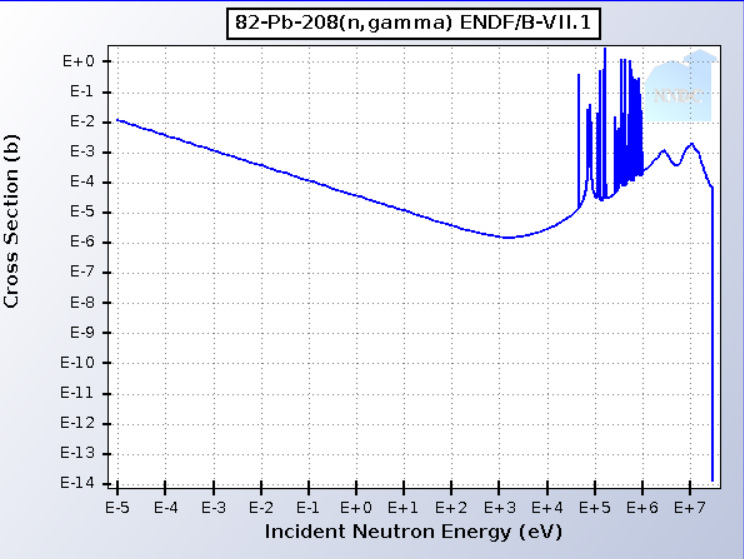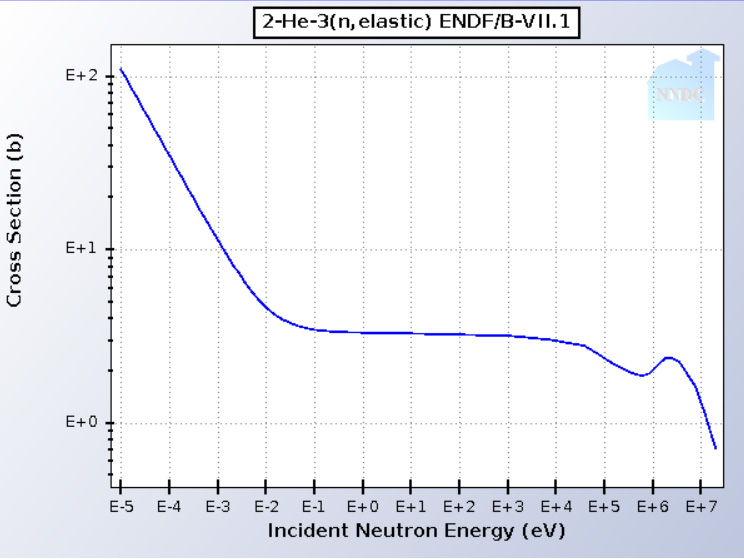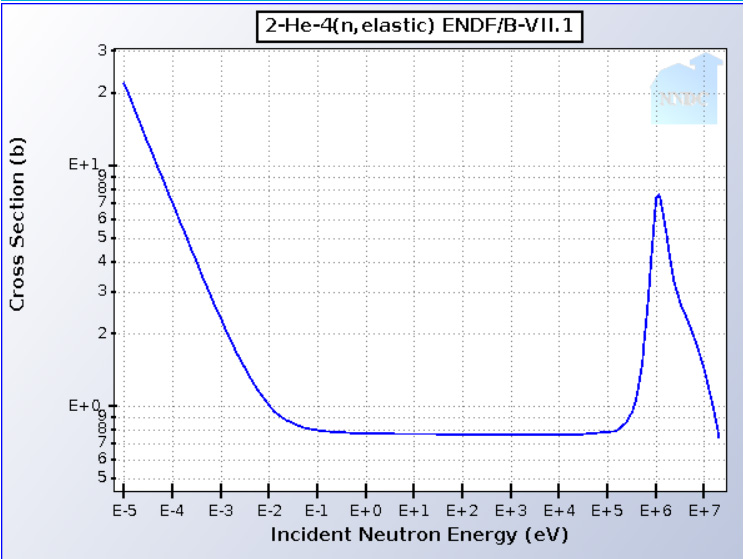Environment & Energy
Related: About this forumNorway and Sweden to Cooperate on Development of Lead Cooled Small Nuclear Reactors.
The article I'll discuss in this post is this one: Partnership to accelerate development of Blykalla SMR
Excerpts:
Blykalla - formerly called LeadCold - is a spin-off from the KTH Royal Institute of Technology in Stockholm, where lead-cooled reactor systems have been under development since 1996. The company - founded in 2013 as a joint stock company - is developing the SEALER (Swedish Advanced Lead Reactor) lead-cooled SMR.
The company said the new collaboration with the Institute of Energy Technology (IFE) focuses on a number of critical areas that are essential for scaling SEALER from prototype to full commercial readiness. These include the development of control room and operator environments, as well as the design of instrumentation and control systems to enable remote and autonomous operation. IFE will also contribute to the engineering of core mechanical components, such as shutdown assemblies and fuel handling systems, and support the design of radiation shielding to meet rigorous regulatory requirements.
Prototype development and component testing will be a central part of the work, helping to mature instrumentation of core, primary system and auxiliary systems, and reduce the technical risks associated with licensing and deployment. Together, Blykalla and IFE aim to speed up the transition from low technology readiness levels to the industrial standards needed for commercial rollout...
... Blykalla's plans to construct its first reactor, SEALER-One, in Sweden. It will function as a demonstration of its technology, and at the same time be used for pyrolysis, whereby industrial customers can utilise its steam for, among other things, decarbonised biochar production. The company aims to achieve criticality of SEALER-One by 2029. Blykalla has a letter of intent in place with nuclear operator Studsvik to develop SEALER-One on its site in Nyköping, Sweden. Licensing work is currently under way.
In the long-term, Blykalla plans to deploy up to 1000 SMRs by 2050, delivering 500 TWh of clean energy annually to industrial users that cannot rely on intermittent power sources. It says SEALER is designed to serve sectors such as hydrogen production, process heat, and pyrolysis, with the potential of significantly reducing global carbon dioxide emissions and securing industrial resilience and growth...
Interesting that the most common isotope of lead, Pb208 (doubly magic), has a thermal neutron cross section lower than helium, and on par with oxygen, combined with a high scattering cross section. This could maybe have long enough neutron lifetimes to act as coolant for a thermal reactor, reducing the percentage of fissile needed. Pb 208 is over 50% of lead ores generally, but in those derived from thorium with very little uranium admixture, it can make up ~90%. I read a Russian paper on the benefits of using 'radiogenic lead' (it's probably all radiogenic, back far enough); mostly over my head, though, I think.
NNadir
(37,210 posts)...cross section is significant, making it a moderator, but it does not absorb neutrons. This is a function of 4He position on the binding energy curve.

Neither 5He nor 5Li exist, nor does 8Be. It is the reason that stars upon exhaustion of 1H and 2H must be dense enough to cause 3 atoms of 4He to fuse to form a single 12C.
208Pb does have a low capture cross section, but it is non-zero, with resonances, albeit not particularly strong, appearing near the energy of fission neutrons.

In a fast reactor, small amounts of 208Pb are thus transmuted thus into 209Bi.
But yes, you're right in the sense that isotopically pure or highly enriched 208Pb as a coolant offers high neutron economy.
Thanks for your note.
True, but the scattering and absorption cross-section table lists helium as being 0.00014% helium 3, with a cross-section of 5333 barns. Guess that won't last long in a reactor ! Think the Russian paper was mainly talking about having a much wider fuel rod lattice, for reduced pumping effort, plus easier neutron management.
NNadir
(37,210 posts)I'm curious. Perhaps you can share the reference. You've raised my curiosity.
Here's the plot for 3He:

Here's the plot for 4He:

Evaluated Nuclear Data File (ENDF) Retrieval & Plotting
It is important to note that even at a low scattering cross section, the average energy loss from elastic scattering is highest for light nuclei.
Without going too much into the mathematics of elastic scattering of neutrons, and energy loss, the number of collisions to thermalize a neutron from 2 MeV to 1 ev is reportedly 14 for H, 20 for 2H and 43 for 4He.
cf: Stacy, Nuclear Reactor Physics, 1st edition, 2001, Wiley, page 31. (I haven't opened that book for a long time.)
By the way I was wrong about the nonexistence of 5He and 8Be. It would appear that the sensitivity at which time intervals can be measured is now so great, that they can be transiently detected with extremely short half-lives, on the order of 10-22 seconds for 5He and 10-18 seconds for 8Be . I can't imagine that there would be any way to measure the capture cross section for such a short lived nuclei. 5He decays, of course, by neutron emission, but this would suggest that even in such a short existence period, that this would have the effect of slowing neutrons, since gamma emission would be involved. 8Be decays by symmetric double alpha, call it fission or whatever.
Your comments caused me to look deeper into the matter for which I thank you.